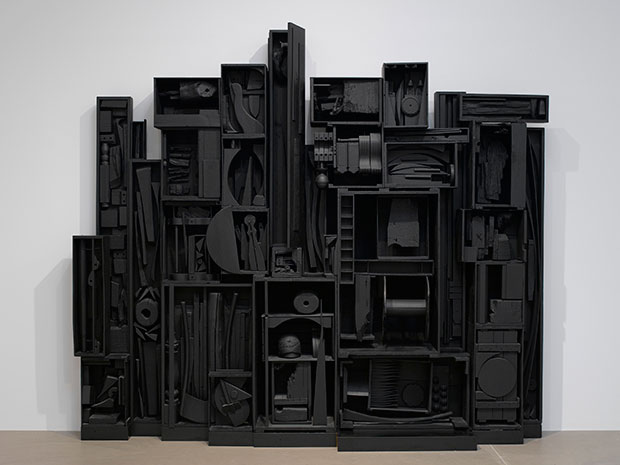
Arne Glimcher talks Louise Nevelson at Pace
'She wanted the shadows cast to have the same power as the objects casting the shadow' he says
Pace Gallery boss Arne Glimcher, the author of our great book on Agnes Martin gave Phaidon a special preview of the new Louise Nevelson show this week. Glimcher was, of course, close friends with Martin thoughout much of her working life – but he also enjoyed a similarly intimate relationship with the sculptor Louise Nevelson, often referred to as an architect of light and shadow, the only woman in the abstract expressionist group, and one of the first artists anywhere in the world to create installation art.
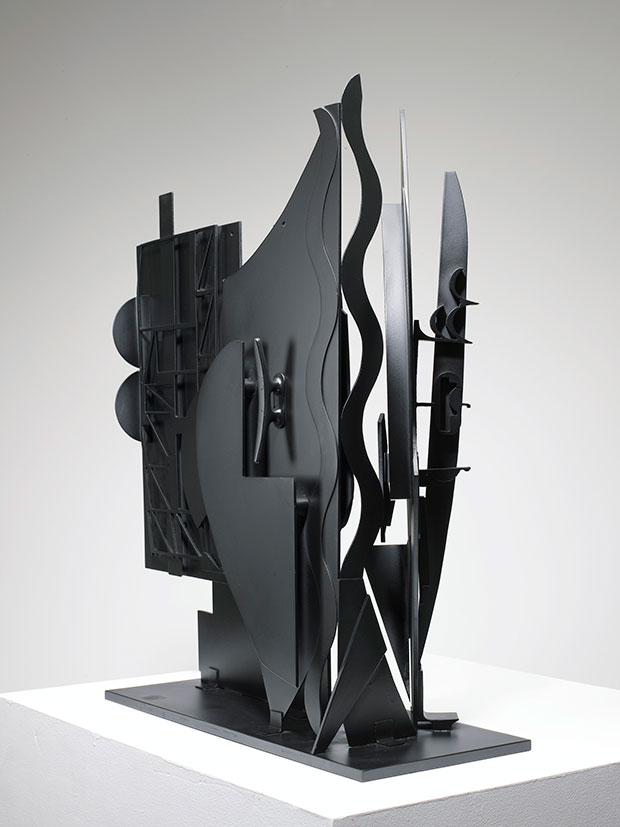
As Glimcher told us at the Burlington Gardens gallery, “I haven’t done a Nevelson show for some time and I had such a good time doing this show. For me it’s the difference between something being of this earth and something being sublime.”
Glimcher first worked with Nevelson in 1961, when he was a 23-year-old gallerist in Boston. She eventually left her husband and son to dedicate her life to art.
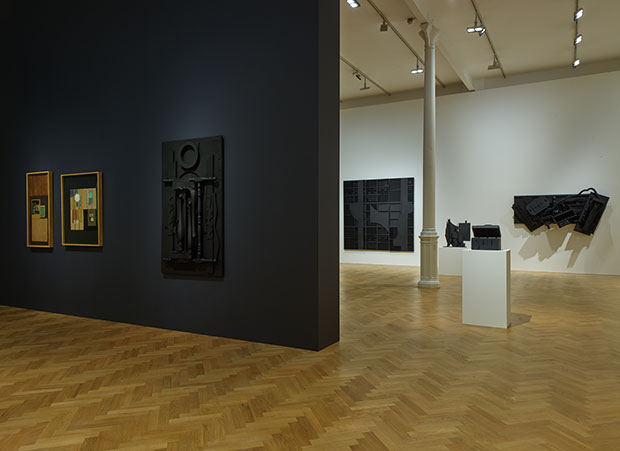
Nevelson was quite the character it seems, photographed by Cecil Beaton among others, working with Diego Rivera, conducting an affair with Céline while becoming the most important female sculptor of her time.
However, after she died, her family took pretty much all her work out of circulation - effectively killing off the market for it. But after 15 years, the gallerist was able to buy all the works and gradualy reintroduce her to the world. So somewhat surprisingly, Nevelson is an artist whose work is still relatively undervalued. Which obviously means it’s a great moment to rediscover and revaluate her work, a lot of which is in many prestigious collections, including Tate Modern’s.
Glimcher told us that Nevelson’s work is of such muscularity and weight that when he first encountered it he believed it was the work of a man - Louis Nevelson.
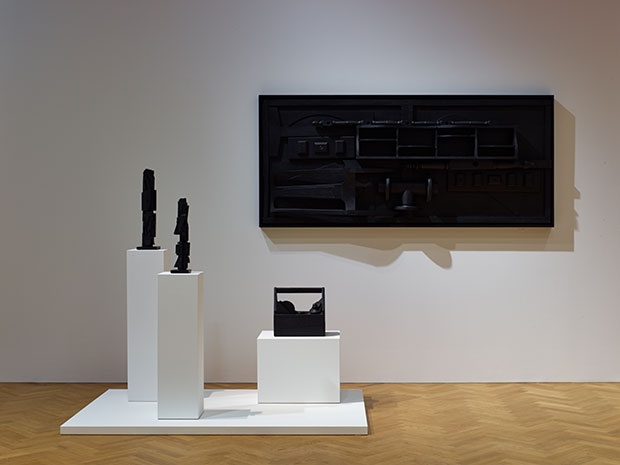
“We soon staged a show that was really quite amazing and we even sold a few things which was also amazing. It was such a different art world then. I think in America then we had maybe only 15 collectors of contemporary art! I tried to get the Boston museum to buy some work. And the director said ‘We can’t accept work like that. Our Braque is only this big! (at which he put his hands very close together) and people will think Nevelson is more important than Braque.' That was the kind of world we came from,” Glimcher laughed.
“There were two sculptors of significance in America during that abstract expressionism period," Arne continued. "One is Nevelson and one is David Smith and both of them came out of Picasso. Smith comes out of the linear work of Picasso and with Nevelson I tend to think of Picasso’s guitars and put a box around them.”
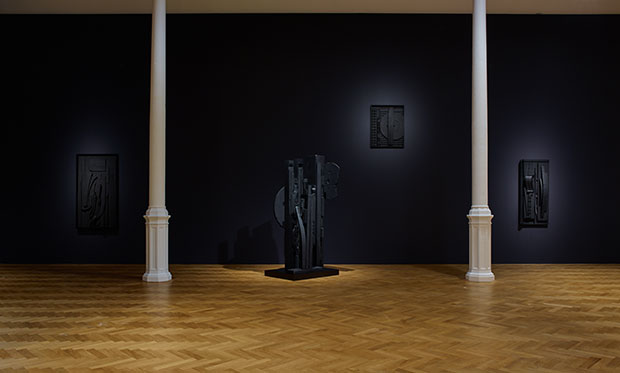
Nevelson worked in a very interesting way using the scrap she collected from the sidewalk. She would find broken chairs, tables, Coca-Cola crates – all manner of junk - and bring it all back to her studio where she would pile it up high around her like a cocoon. She would then take everything apart and sometimes - not always - paint it all black.
"Unlike (Kurt) Schwitters, Nevelson would eradicate all previous history so the work was born anew," Glimcher said. "This was a rebirth of form. Her work was exactly the size of the abstract expressionist paintings being created around her by her intimate circle of friends, among them Rothko, Newman, Gottlieb and, to a lesser degree, de Kooning. Indeed, Nevelson’s work was very much a hybrid of painting and sculpture. Also Merce Cunnigham and Warhol were friends."
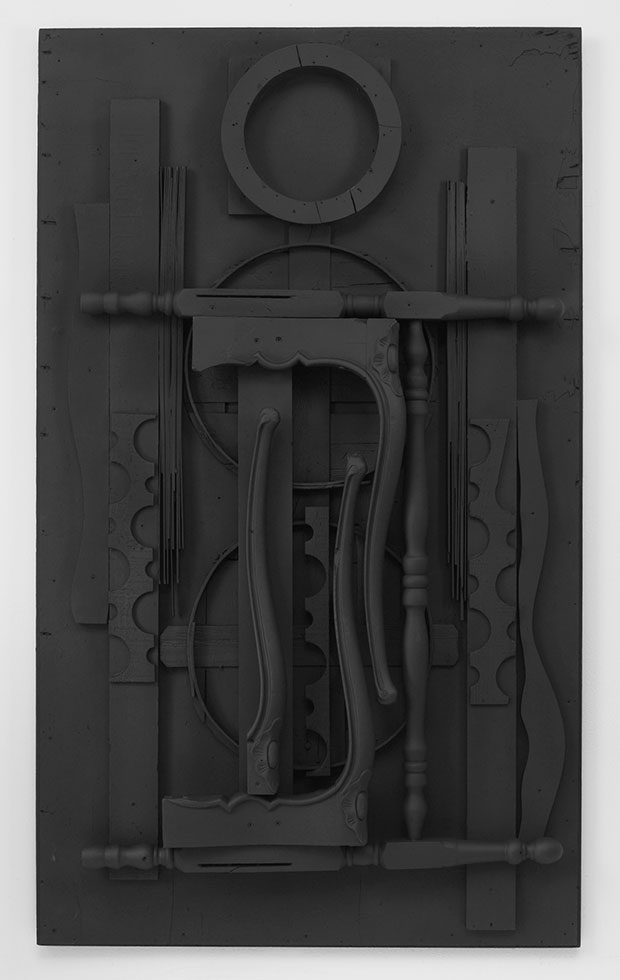
Nevelson liked things in dark spaces and on dark walls. "She wanted the shadows cast to have the same power as the objects casting the shadow,” Glimcher explained. Despite all this, selling her work was still a challenge. “She had all the connections and relationships but no one knew what to do with it. Nevelson’s work didn’t stay in its place in the room, it was a new kind of construction, and it was a new kind of art."
"You could not see the beginning or end of the work, the rooms were painted black everything was black. So when you came in from outside you were blinded. But if you spend time with it, it's just like being in the dark, you begin to see things."
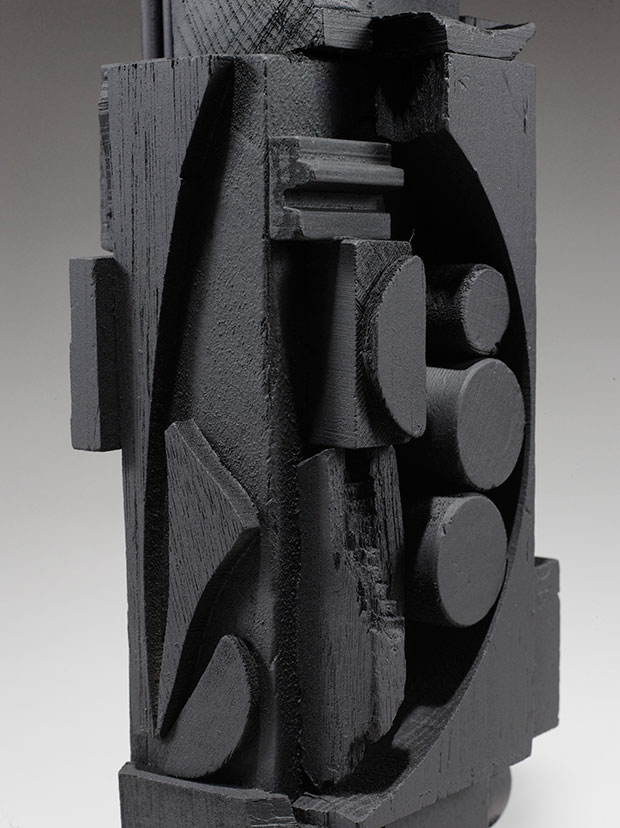
Check out the show at Pace London here and if you’d like to know more about David Smith, one of Nevelson’s contemporaries, take a look here and don't forget Arne's brilliant book on Agnes Martin which you'll find here.